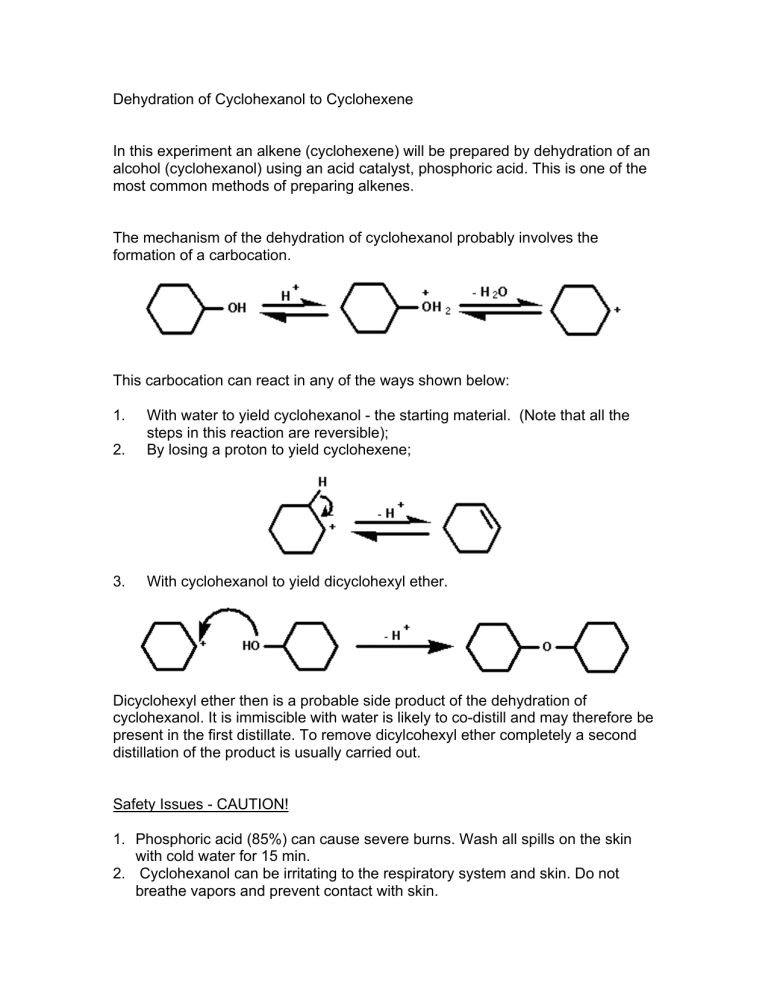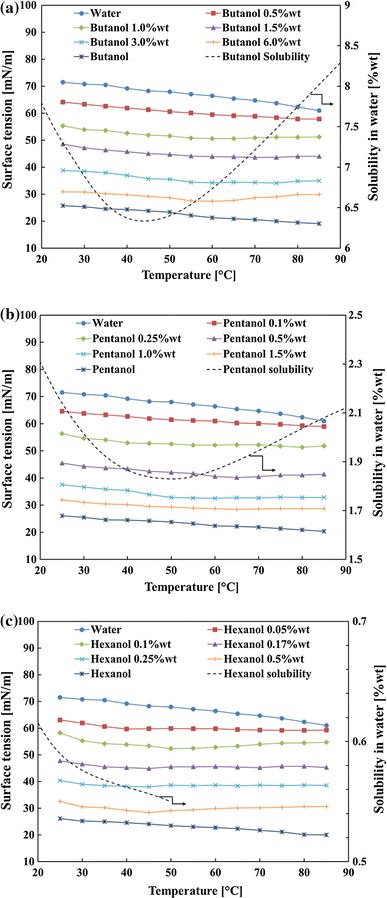


In cell imaging, the recognition reaction occurs either on the cell surface or inside the membrane. Variations in the size of luminescent silica nanoparticles are needed for effective imaging of a wide variety of biological samples and processes. When doped with dye molecules, these nanoparticles become intensely luminescent reagents capable of sensitively signaling biological targets. When doped with bioactive molecules and medicines, these nanoparticles can serve as drug delivery vehicles capable of controlling the quantity and time of release. Second, the negatively-charged silica matrix itself provides numerous electrostatic binding sites to physically dope (i.e., adsorb) a wide variety of positively-charged molecules. With appropriate surface and internal functionality, these nanoparticles can be linked to a variety of biorecognition agents in many different ways (e.g., antibodies, protein complexes, nucleic acids, etc.). First, the surface of silica nanoparticles is easily modified based on well-established chemistry. Two major reasons make silica a useful matrix in this regard and particularly relevant in bioapplications. The role of silica nanoparticles in these cases is usually as a supporting or entrapping matrix.

However, when these nanoparticles are combined with various functional molecules, the impact of size becomes significant-especially for analysis applications. By themselves, the size-dependent properties of pure, nanoscale silica nanoparticles are not remarkable. Recently, nanometer sized silica nanoparticles have developed rapidly and become an important class of nanomaterial. Traditionally, micrometer sized silica particles have been used as catalyst substrates, pigments, stationary phase in chromatography columns, etc. The size of silica-based nanoparticles affects their physical, chemical, electrical and optical properties. 11, 2008, for “Method for Production of Targeted Sized Nanoparticles” by Julia Xiaojun Zhao and Yuhui Jin, which is incorporated by reference. This application claims the benefit of U.S. Stable boundary water is detected at the microemulsion interface.CROSS-REFERENCE TO RELATED APPLICATION(S) In addition, an n-hexanol/cyclohexane mixture with an alcohol molar fraction of 0.177 has been titrated with water, revealing the formation of a microemulsion containing water droplets that evolves to a bicontinuous microemulsion with increasing water content. NIR allows verifying the formation of n-hexanol polymeric species. 1D, DOSY, and T1and T2relaxation time analyses by 1H-NMR allow understanding the dynamics of the mixtures. Molecular interactions are found to be dominated by dispersion forces, hydrogen bonding, and dipolar interactions, to different extents at different n-hexanol composition ranges. Abrupt changes on spectroscopic responses have been observed at low molar fractions of n-hexanol, which are related to hydrogen bond network formation that includes trace water. Stable boundary water is detected at the microemulsion interface.ĪB - In this work we present a study on the association of n-hexanol in cyclohexane using NMR and NIR spectroscopies. N2 - In this work we present a study on the association of n-hexanol in cyclohexane using NMR and NIR spectroscopies. T1 - N-Hexanol association in cyclohexane studied by NMR and NIR spectroscopies


 0 kommentar(er)
0 kommentar(er)
